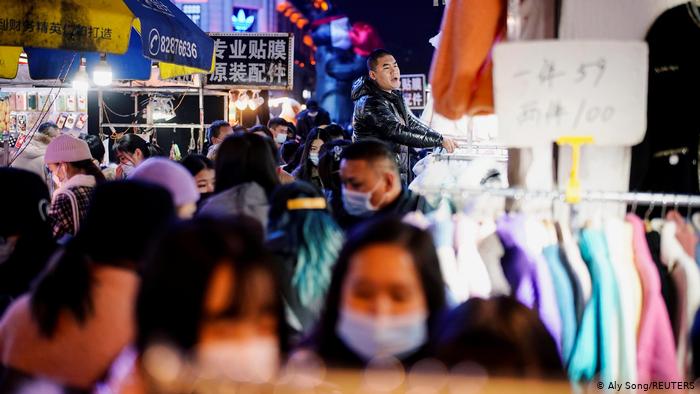(ATF) Once a sector shunned due to cultural habits and official regulation, the secondhand market has been a slow mover in China, surprisingly, given it is a country of thrifty shoppers. There has been a cultural inclination to buy only new products, plus many regulations, such as bans on imports of foreign clothing, due to disease fears. But things have changed – ‘vintage’ fashions are emerging, and country of origin can be a murky business.
Not long ago, a secondhand trading platform released some particularly interesting data: there are more than 20,000 secondhand electric vehicles waiting for transfer on the platform, plus more than 2.7 million idle baby strollers waiting for buyers. And there are 100,000 secondhand pots, 20,000 high-end female bags, and other goods.
Due to the Cultural Revolution, many items that could be considered ‘modern antiques’ were smashed, and secondhand sales were often done by street traders, peddlers and pensioners.
The secondhand market that has gradually emerged in recent years has shown that used goods can be desired by others. During the epidemic, the secondhand market caught the express train of live online broadcasts, and sales continued to rise. When e-bay, the ‘king’ of random secondhand stuff, tried to enter the market too early and found bidding on secondhand items was not favoured, when compared to Jack Ma’s ‘Buy it now, buy it new’ Taobao site.
In the “Idle economy”, as it was named by paper.cn, the market for secondhand goods is now valued at close to a trillion yuan (more than US$154 billion).
Storeholders run physical shops with tens of thousands of WeChat followers and a customer base that has grown in the past 10 years. The live broadcast industry started last year, which also allowed for business opportunities.
The paper.cn said the estimated annual transaction volume of secondhand goods in China had risen from 742 billion yuan in 2018, to 964.6 billion in 2019, and 1.25 trillion in 2020, reaching a scale of over a trillion, in theory. The Paper said that data came from CCTV Finance, the national broadcaster.
The secondhand markets of today are different from the old secondhand goods markets in China, populated by elderly people and impoverished workers. Today, it is a more trendy facet of trading, as the largest number of transfers involve digital products, the paper.cn said. The number of idle mobile phones in China, for example, has allegedly reached 2 billion over the past decade.
Zheng Xianguo, head of the National Delivery Center at a secondhand mobile phone trading platform, said their delivery volume in 2020 reached more than 27 million, with one-stop replacements especially popular for businesses. That was an increase of more than 300% year-on-year.
But while the overall value of the secondhand market sounds big, in terms of population, it is still small. In Japan, which has about 126 million citizens, the transaction volume in the secondhand market is more than 40 trillion yen, which is more than twice the volume ($385 billion) of China’s secondhand market.
The overall penetration rate of secondhand e-commerce platforms in China is only about 10%, which is half the global average of about 20%.
And many consumers who have bought and sold secondhand goods have said they encountered problems in the transaction process. Consumers who have not tried it also have doubts about secondhand goods, worrying mainly about quality and after-sales problems.
Yu Bo, vice president of a secondhand e-commerce platform, said secondhand transactions and new product transactions are significantly different in terms of supply structure and circulation channels. The fundamental reason lies in the fact that secondhand items have one item, one feature, and one price. The non-standard nature of such sales means there is a lot of room for improvement in transaction costs and trust between users.
























